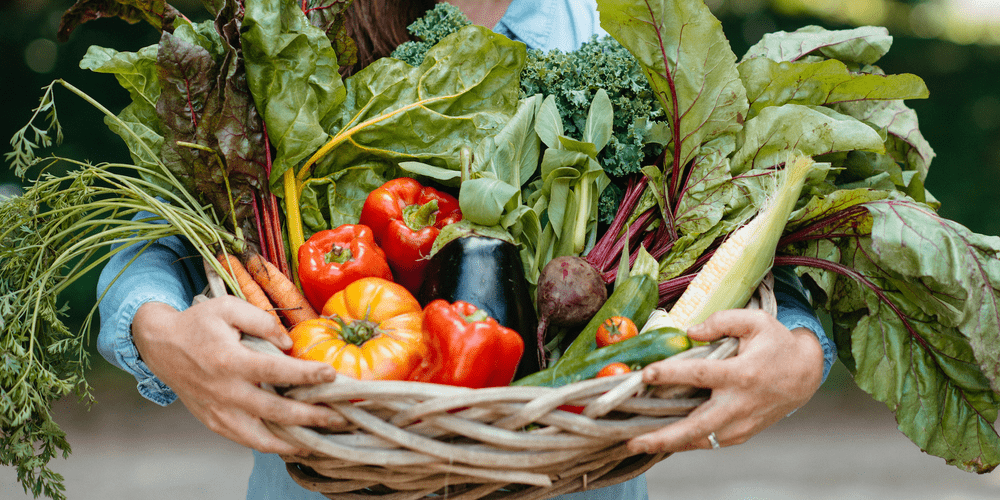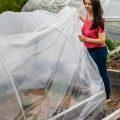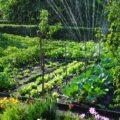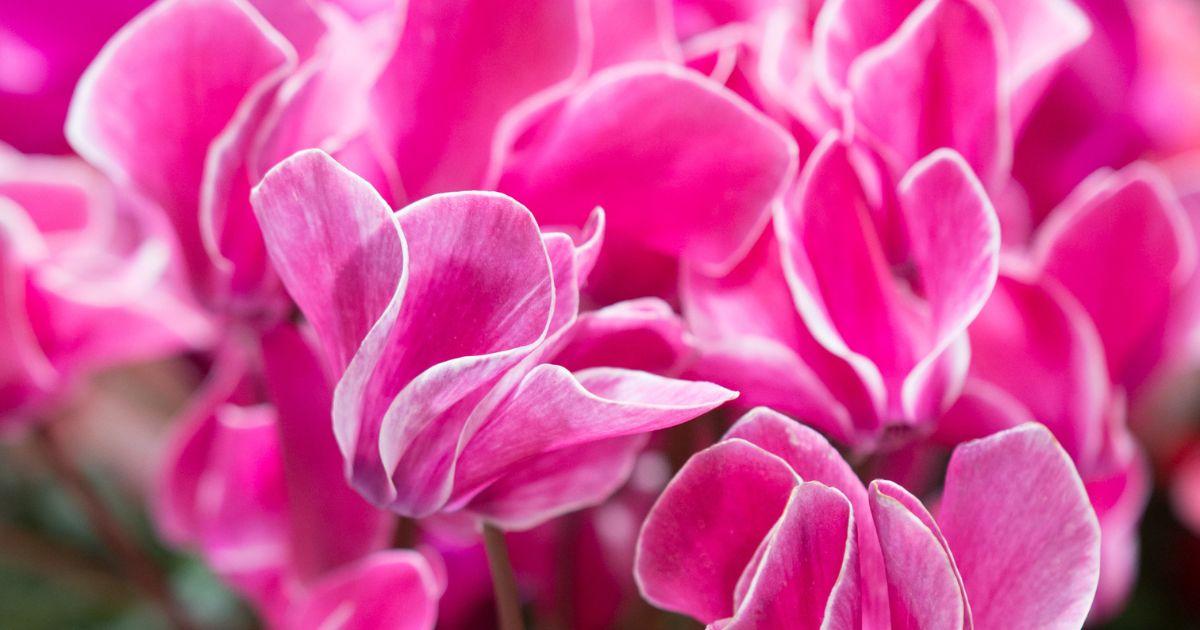Expert gardening duo and father and son team, Mark and Ben Cullen answer the most common queries about growing fruits, vegetables and herbs in the summertime.
1. Mulch
What is mulch? Mulch is any protective layer over the surface of the soil to prevent erosion, minimize weed pressure and retain moisture. There are plastic and polyester mulches, but we only use wood bark mulch or straw, which breaks down into the soil, adding nutrients rather than plastic pollution. Not to mention, it looks better too.
What is the best way to use mulch? A layer of mulch 1 to 2 inches thick will reduce water loss by up to 70%, and weeding by up to 90%. Ben prefers straw, as it forms a nice mat and breaks down annually, and Mark prefers pine or cedar bark mulch for the look and availability in his area. One layer often lasts 2 or 3 years. In rural areas, straw can be cheaper and easier to come by, while in cities, it’s often the reverse.
2. Water
How much water do food crops need per week? Listen to your garden! This is where timers and robots go wrong, always over-or underwatering, as the weather is simply too variable. Pay close attention to signs of drought stress, such as wilting leaves or browning, then water deeply at the root zone to minimize wasted runoff or evaporation. Allowing plants to stress a bit between watering will train them to put down deeper roots and better withstand droughts.
Is it better to water in the morning or in the evening? Watering in the morning is generally better, as the water droplets on the foliage of plants, like tomatoes, will burn off in the morning sun, minimizing the chance of disease. However, we encourage watering at any time of day if you are time stressed. Note that midday watering in the sun can evaporate, losing up to 30% before it benefits your plants.
What’s better for the plants: watering from a watering can, a sprinkler, a drip line or a soaker hose? Whatever you have will work, but rainwater is always best, as it is softer than municipal water, contains no chemicals and is oxygen charged as it falls from the sky. Collecting rainwater has the obvious benefit of reducing flooding or drawing down aquifers. Mileage can vary by application method, but generally, getting closer to the root zone results in the least amount of wasted water. In a drought, we use a lot of soaker hoses.
Any tips or tricks for watering veggies in pots? Watch them closely! Especially as plants start to get big for their containers, as they will dry out quickly. Periodically stick your finger into the potting mix to check for moisture before signs of stress. When it feels dry halfway down your finger, water thoroughly.
Expert tips to take care of your garden naturally
3. Fertilize
Do food plants need to be fertilized? How much? How often? No! Not in the traditional sense, anyway. The Canadian Organic Standard officially prohibits synthetic fertilizers, which is fine since natural fertilizers and soils rich in compost should be able to service all your plants’ needs without the environmental toll of ammonia, natural gas, atmospheric nitrogen, phosphate minerals, sulphur and more — not to mention the industrial energy demand.
Make sure you’re adding plenty of compost and consider “green manures,” such as a cover crop of clover, which can pull nitrogen right out of the atmosphere and into your soil for future crops.
What makes a good fertilizer?
That which is natural and builds the soil.



4. Support Growth
As food crops grow, they need a little extra attention. Here are the ones that need to be pinched, staked, trimmed and tied.
Tomatoes – Around Father’s Day weekend, stake the tomatoes by tying them up. Getting them off the ground will double your crop, and staking your tomatoes also helps to increase air circulation, preventing damp leaves from causing fungal issues. After you’ve staked your plants, remove sucker growth. Tomato suckers are small leaf shoots that grow from where the stem and the branch meet. When you remove them throughout the growing season, it sends the energy back into the plant for stronger growth and a higher fruit yield.
Beans, peas and squash – Get them off the ground by staking, training them to grow on an obelisk or a small fence. By creating more sun for the plants to access and less contact with soil, you’re maximizing the harvest potential.
Rhubarb, lettuce and radishes – These plants want to send up flowers that become seeds very quickly; these flowers are known as bolts. Before your plants “bolt to seed,” be sure to pinch them off with your thumb and forefinger. A daily inspection of your garden helps to minimize problems like this when you know what you are looking for. Remember that every day in the garden is an education.
5. Troubleshoot
Do new and seasoned gardeners run into problems with their plants? Yes. This is nature. It will never change, but experience and effort will minimize both the “problems” and the effort required to grow a successful garden.
The essence of all organic techniques is to work with nature, not against it. All refuse produced in the kitchen and garden is recycled back into the soil. Organic gardening is a sustainable activity: The soil is fed by the gardener; the soil feeds the plants; the plants feed the gardener. The plants also provide excess organic matter, which is composted and used to feed the soil. The entire cycle is fuelled by sunlight and water. By working with nature, you can control pests and problems in your garden.
“The garden is taking care of itself, almost. After more than 40 years of gardening, I spend my time reading a lot of books in the summer.”
Mark Cullen
Why don’t we want weeds in the garden? Weeds rob the soil of moisture and nutrients that would otherwise benefit our desirable plants, and they take up the real estate that our food plants need to mature.
How do we prevent weeds? Do not till your garden come spring. Mulch instead.
How do we remove weeds? Nothing works better than a sharp garden hoe for removing weeds. However, perennial weeds like Canada thistle and twitch grass need to be dug out, roots and all.
6. Harvest
All of your learning and labour in the food garden will pay off at harvest time. Be patient and let your fruit and veggies ripen before picking. And when you do, remember these words to live by: The more often that you pick your ripe tomatoes, the more tomatoes the plant will produce. True for all “fruiting” plants, including beans. Enjoy!
Mark Cullen is an expert gardener, author, broadcaster and tree advocate
and holds the Order of Canada. His son, Ben, is a fourth-generation
urban gardener and a graduate of the University of Guelph and Dalhousie
University in Halifax. Follow them at markcullen.com, @MarkCullen4
(Twitter) and @markcullengardening (Facebook) and look for their latest book, Escape to Reality.
Follow them at markcullen.com, @MarkCullen4, facebook.com/markcullengardening and biweekly on Global TV’s national morning show, The Morning Show.














